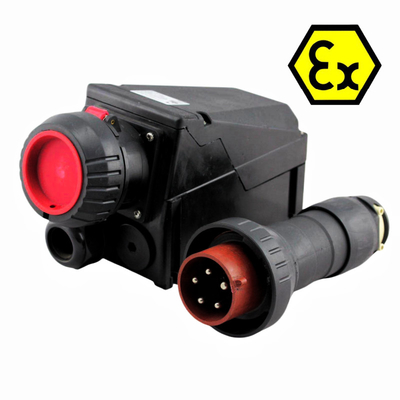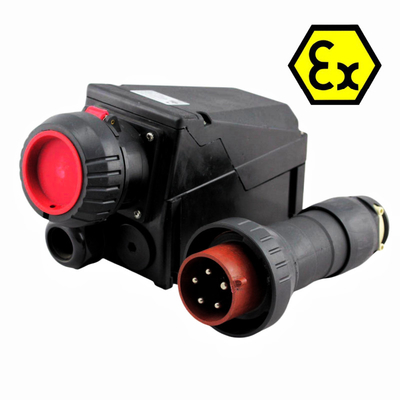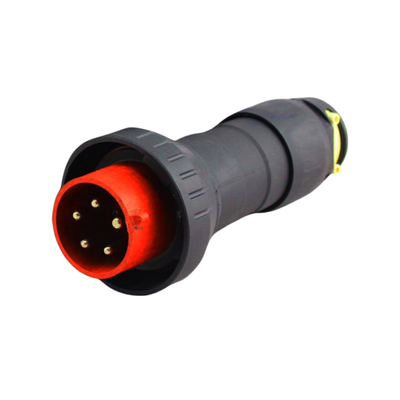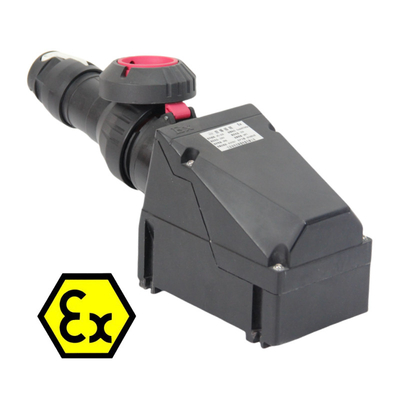Aplikasi
1Stasiun bensin - Selama proses pengisian bahan bakar dan pengungkapan, bensin dapat dengan mudah menguap, membentuk uap mudah terbakar. Uap ini, ketika dicampur dengan udara dan terkena percikan, dapat meledak.
2Ruang reaksi pabrik kimia - Selama proses produksi, pipa dan katup dapat bocor gas mudah terbakar dan eksplosif atau uap pelarut seperti benzena, alkohol, dan eter.
3. terowongan tambang batubara - lapisan batubara terus menerus mengeluarkan metana (gas), dan operasi pertambangan menghasilkan sejumlah besar debu batubara yang mudah terbakar, menciptakan lingkungan eksplosif yang khas.
4Ruang penggilingan tepung - Pengolahan biji-bijian menghasilkan debu tepung di udara, yang, ketika mencapai konsentrasi tertentu, dapat menyebabkan ledakan debu ketika terkena sumber pembakaran.
5. kabin semprotan cat otomotif - Kabut cat dan uap pelarut yang dipancarkan oleh pengencer (seperti pengencer) yang digunakan selama penyemprotan adalah mudah terbakar dan eksplosif.
6Ruang boiler gas/stasiun penegakan tekanan - pipa dan katup gas alam (terutama metana) dapat bocor, dan akumulasi dapat menciptakan atmosfer eksplosif.
7. Pabrik Botol Alkohol / Minuman Beralkohol - Alkohol (ethanol) sangat mudah menguap. Di ruang tertutup, uapnya dapat membentuk campuran eksplosif ketika dicampur dengan udara.
8. Aluminum/Magnesium Alloy Grinding and Polishing Plant - Aluminum and magnesium powders generated during processing are flammable metal dusts that can explode violently when exposed to open flames or high temperatures in air.
9. Tangki anaerobik di pabrik pengolahan limbah - Proses pengolahan limbah menghasilkan metana (terutama metana) sebagai produk sampingan, yang dapat dengan mudah terakumulasi di tangki atau stasiun pompa.
10. gudang pelarut / cat - cairan mudah terbakar (seperti toluen) yang disimpan di lokasi terpusat terus menguap,dan konsentrasi uap dapat dengan mudah mencapai batas ledakan tanpa ventilasi yang memadai.
Bagaimana saya menentukan apakah saya membutuhkan pencahayaan tahan ledakan?
Sederhananya, jika suatu lokasi diklasifikasikan sebagai "atmosfer eksplosif" dan telah jelas dibagi menjadi zona berbahaya ledakan (misalnya, Zona 0, Zona 1, Zona 2; Zona 20, Zona 21,Zona 22) sesuai dengan standar nasional (seperti GB3836 China), maka semua peralatan listrik di area tersebut, termasuk pencahayaan, harus menggunakan produk tahan ledakan dari kelas dan jenis tahan ledakan yang sesuai.
Kata kunci utama: gas mudah terbakar, uap mudah terbakar, debu mudah terbakar, dan serat mudah terbakar.penggunaan peralatan listrik tahan ledakan harus diprioritaskan untuk memastikan keselamatan nyawa dan properti.
Parameter teknis
| Jenis |
Plug & Receptacle |
| Eks Tarif |
Ex d e IIC T6 Gb |
| Listrik nominal[A] |
16 |
32 |
63 |
| Tegangan nominal |
220/380VAC |
|
Tingkat perlindungan
|
IP66 |
| Catatan |
M25*1.5 (cocok untuk
Kabel Φ8mm-Φ17mm)
|
M40*1.5 (cocok untuk
Kabel Φ13mm-Φ27mm)
|
M40*1.5 (cocok untuk
Kabel Φ13mm-Φ27mm)
|
| Kabel untuk colokan |
Φ8mm-Φ19mm |
Φ12mm-Φ28mm |
Φ12mm-Φ28mm |

 Pesan Anda harus antara 20-3.000 karakter!
Pesan Anda harus antara 20-3.000 karakter! Silakan periksa email Anda!
Silakan periksa email Anda!  Pesan Anda harus antara 20-3.000 karakter!
Pesan Anda harus antara 20-3.000 karakter! Silakan periksa email Anda!
Silakan periksa email Anda! 





